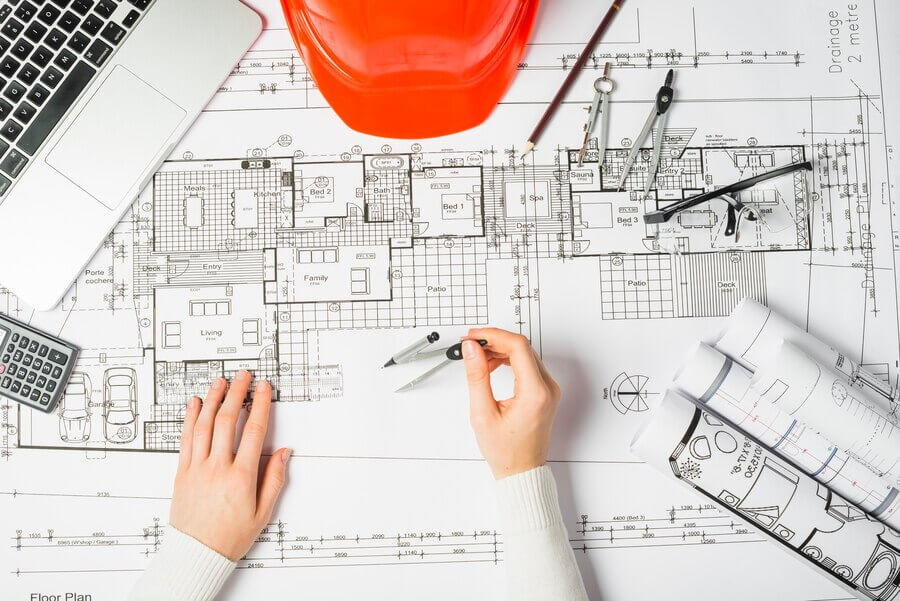Trivandrum, the capital city of Kerala, is undergoing a remarkable transformation fueled by rapid urbanization and economic growth. As the city evolves, there is a growing emphasis on sustainability in construction practices to preserve the environment and enhance the quality of life for residents. This article explores how sustainable construction practices are reshaping Trivandrum’s skyline, from the initial blueprint stage to the realization of architectural marvels.
Designing for Sustainability: At the heart of Trivandrum’s architectural evolution lies a commitment to sustainability. Architects and designers are incorporating passive design strategies, such as orientation, shading, and natural ventilation, to reduce energy consumption and enhance thermal comfort in buildings. By harnessing the natural elements, they are creating spaces that are not only aesthetically pleasing but also environmentally responsible.
Materials and Technologies: The choice of construction materials plays a crucial role in determining a building’s environmental impact. In Trivandrum, there is a growing preference for eco-friendly materials such as recycled steel, bamboo, and locally sourced wood. Additionally, innovative technologies like green roofs, solar panels, and rainwater harvesting systems are being integrated into building designs to minimize resource consumption and promote renewable energy usage.
Waste Reduction and Recycling: Construction projects often generate a significant amount of waste, but in Trivandrum, efforts are underway to minimize this impact. Construction companies are implementing waste management plans that prioritize waste reduction, reuse, and recycling. By segregating materials on-site and collaborating with recycling facilities, they are diverting waste from landfills and contributing to a circular economy.
Community Engagement and Education: Sustainable construction goes beyond the physical aspects of building design and construction. It also involves engaging with the community and raising awareness about the importance of sustainability. In Trivandrum, construction companies are organizing outreach programs, workshops, and educational campaigns to promote sustainable living practices among residents and stakeholders. By fostering a culture of sustainability, they are creating a more resilient and environmentally conscious society.
The Future of Trivandrum’s Skyline: As Trivandrum continues to grow and develop, the integration of sustainable construction practices will be paramount in shaping its skyline. By prioritizing sustainability from the earliest stages of project planning to the final execution, the city can achieve its development goals while minimizing its environmental footprint. Through collaboration, innovation, and a shared commitment to sustainability, Trivandrum is poised to become a beacon of sustainable urban development in India.
Conclusion: From the blueprint stage to the realization of architectural wonders, sustainable construction practices are driving the transformation of Trivandrum’s skyline. By embracing environmentally friendly design principles, materials, and technologies, the city is not only creating visually stunning structures but also building a more sustainable future for generations to come. As Trivandrum continues its journey towards urban excellence, sustainability will remain at the forefront of its development agenda, ensuring a harmonious balance between progress and environmental stewardship.


Comments are closed